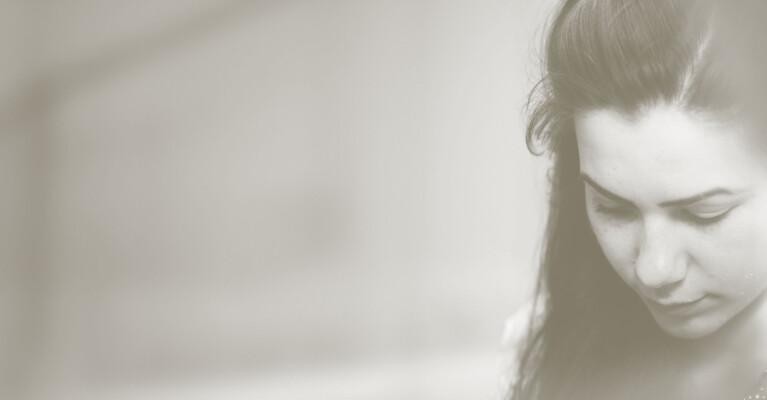Boldly open Diak – Learning, research, development and knowledge
Diak’s openness policies support the execution of the values and strengths that have been defined in our strategy. A “boldly open Diak” is not just an objective, but a promise to promote openness as a basic value in all operations.
We are developing a boldly open Diak in a way that links our openness objectives tightly to our objectives of sustainable and responsible operations. Our openness objectives apply to all actors in our community.
We encourage our personnel to share competencies and knowledge as well as to create new knowledge through activities that follow the Open Science and Research principles, by engaging students and the working life, through co-development and the various methods of accessibility. We are committed to the openness of materials, results and publications related to RDI activities and learning, as well as their comprehensive and effortless usability and accessibility.
Diak’s path towards a boldly open operating culture has proceeded in a determined manner throughout the years. The Finnish Ministry of Education and Culture has a maturity evaluation meant for higher education institutions and research institutes, in which Diak has reached the highest maturity level of openness (5th level).
A boldly open Diak democratises RDI activities and teaching as well as increases the impact of our operations by involving an even larger group of learners, developers, researchers and citizens in our activities. Sharing the processes that produce information promotes sustainable and responsible development. The flow of information is faster in an open development process. Our RDI and teaching practices are transparent, and different actors have a more equal opportunity to impact the process.
By having an open operating culture, we strive for the accessibility of the knowledge and materials produced by and the environments of the university of applied sciences. We also aim to increase the possibilities of various actors to participate in our community’s operations.
Examples of Diak’s open operating culture:
- Participatory strategy process during which all Diak employees, students and stakeholders were invited to create a strategy for 2030.
- OSKE (participatory development) forums (both in-person and virtual) for regular encounters and collaboration opportunities for representatives of the working life and students.
- DiakHub as an operating model of co-creation.
- Diak employees’ Diak information sessions and campus visits by the management as open discussion forums between the management and personnel.
- Virtual coffee hours.
- Open webinars.
- Open science and research working group.
- Information and guidance services for staff concerning open science.
Research and development at Diak
Our strength lies in, as is typical for a university of applied sciences, research, development and innovation activities in which results and effects are created through research and development throughout the development process. In addition to communicating and utilising individual research results, we highlight the openness and transparency of a collective process, from coming up with ideas to designing and implementing an RDI project and consolidating and refining the results. Diak complies with ethically sustainable practices at all stages of the RDI process.
With open research and development activities, we want to
- strengthen the intelligence of society and innovation activities.
- improve the quality of results from research, development and innovation activities and the educational materials based on them as well as the smooth mobility and impact of research results in the entire society.
- promote open collaboration between researchers and developers with other actors: teachers, students, researchers and developers in other industries, companies, the public and voluntary sectors, social decision-makers and citizens.
Open learning at Diak
The range of Diak’s pedagogic choices has been named dialogic change pedagogy. The pedagogy highlights the starting point of open learning, such as participation, interaction, co-creation, creating shared views and meanings, conceptualising information entities and creating information.
Open learning means combining different forms of learning, such as study modules at the university of applied sciences, practical learning in the working life and the opportunities offered by research, development and innovation activities.
Open learning will often happen with the help of digital technology. By utilising digital technology, we can diversify our educational offering, increase the accessibility of studies and the possibility to participate in them as well as strengthen the student-based approach of studies.
Open information at Diak
Open access to research publications
Diak University of Applied Sciences’ own publishing activities are based on openness. We openly publish all research, development, innovation and education publications as well as theses as online publications. Diak supports its employees’ open publishing activities by offering instructions and support for selecting and using open publishing channels and producing publications.
Openness of research materials and methods at Diak
Diak staff and students produce and use various datasets in their RDI activities. It is possible to openly search, access, use and share research materials at Diak (the FAIR principle). Part of the good and responsible management of research materials is that all phases of the research process acknowledge the “as open as possible, as closed as necessary” principle.
Diak gives instructions for how to store materials and define access rights (licenses). In addition, Diak requires that RDI actors use the agreed data repositories and store the meta data of materials openly.
Openness of educational materials
Diak shares the educational materials created in RDI and teaching openly. Accessibility is acknowledged in the production of educational materials. Educational materials and information about their contents are shared openly. The producers of educational materials are offered pedagogic support as well as technical and juridical (copyrights, licenses related to sharing) guidance.
What is open science and research?
Openness is one of the key principles of science and research. The most visible forms of open science are: open access publishing of research results, providing access to datasets, and open research methods such as open source code applications.
Open science is an important way to enhance the societal impact of research and development and facilitate new forms of cooperation and innovations.
Contact
Mika Alavaikko
mika.alavaikko@diak.fi

